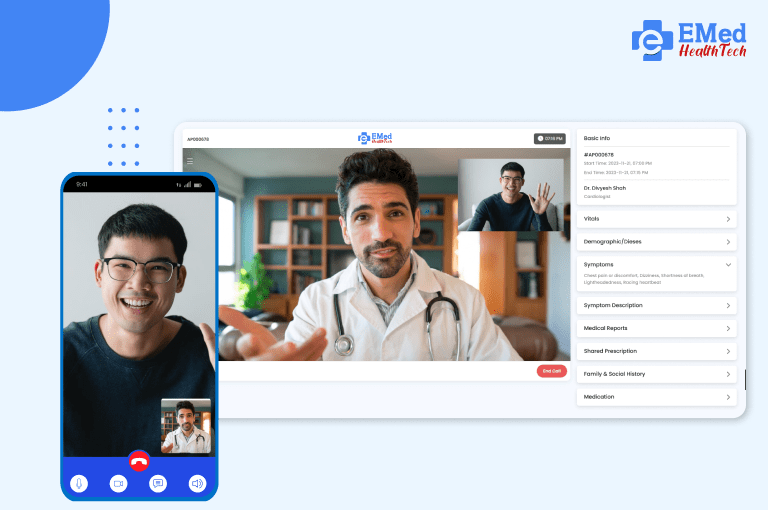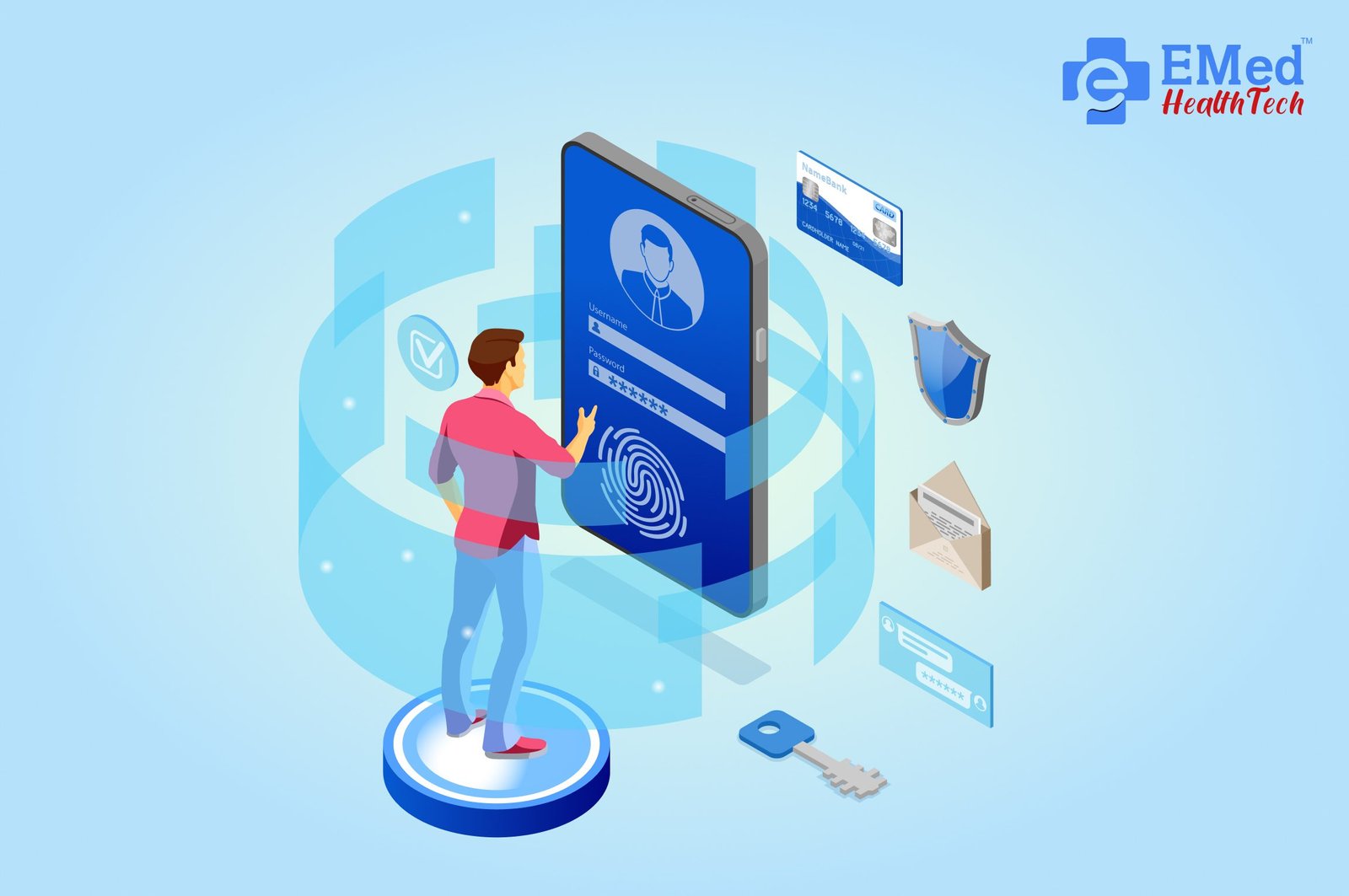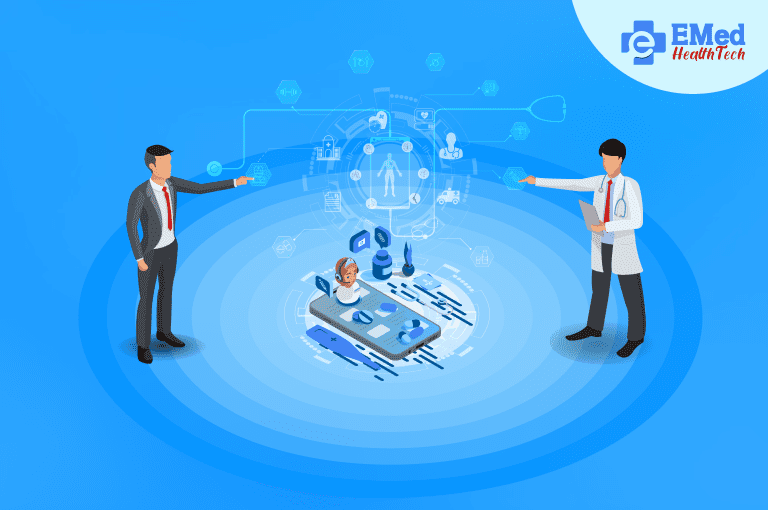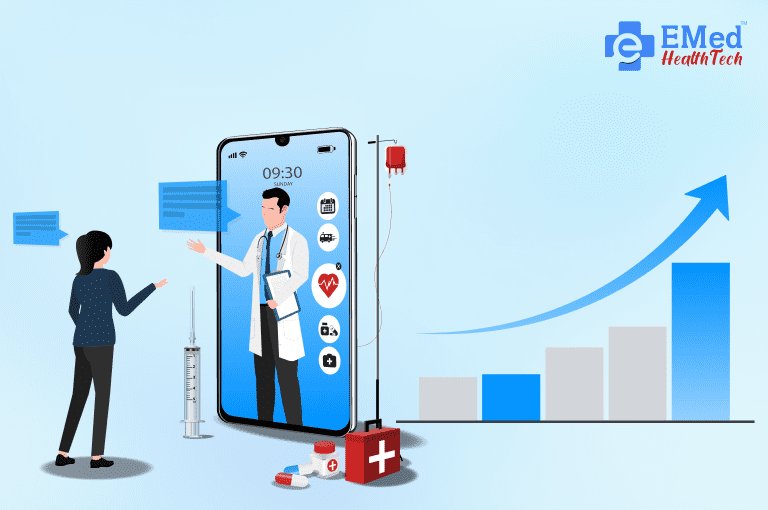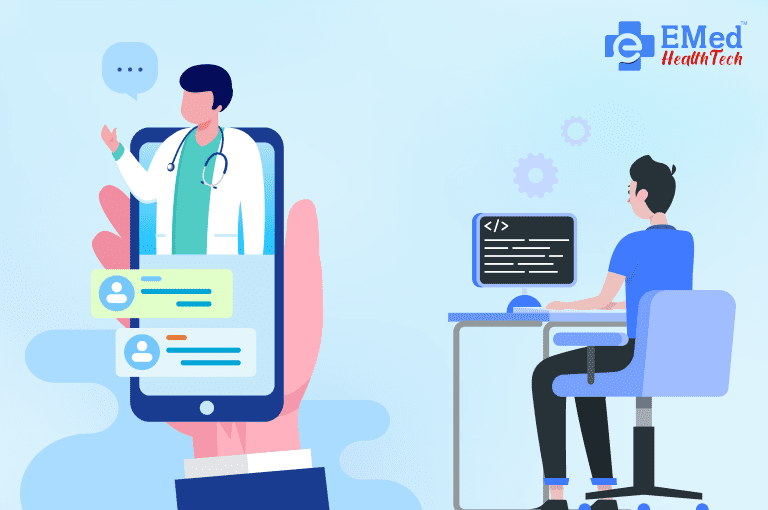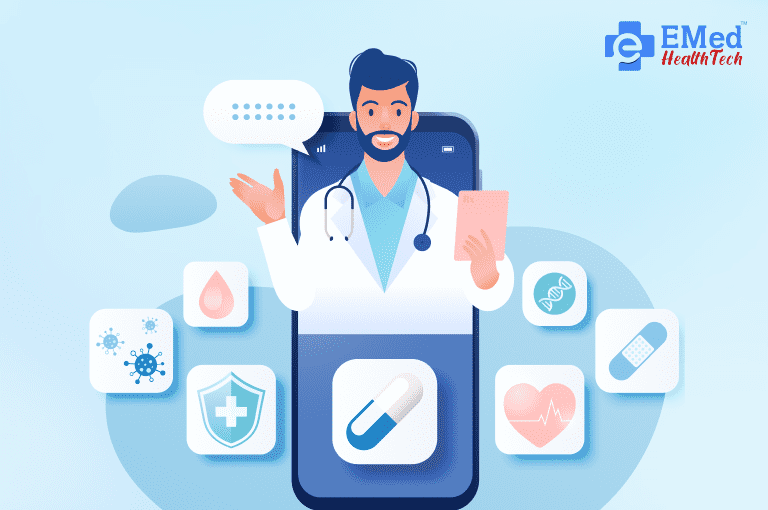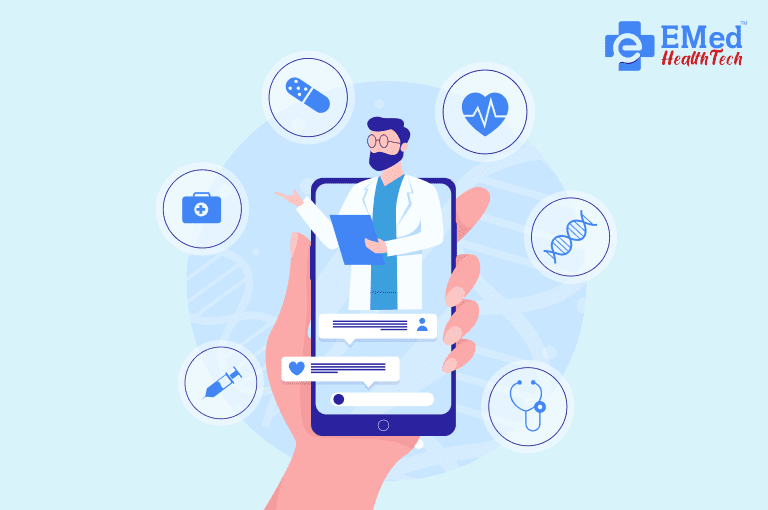In an era where advanced change is reshaping businesses, telemedicine software is developing as an urgent headway in healthcare, revolutionizing the patient-doctor network. This imaginative innovation empowers healthcare suppliers to expand their reach, advertising real-time meetings, further checking, and personalized care without topographical impediments. The comfort of telemedicine improves quiet engagement and fulfillment, making healthcare more available and effective.
As we explore the post-pandemic scene, the significance of vigorous telemedicine arrangements has become progressively apparent. These frameworks are not as were to bridge the crevice between patients and specialists but to streamline healthcare conveyance, diminish costs, and make strides in results. This comprehensive direct investigates the transformative effect of telemedicine software on patient-doctor connections, the key highlights driving its victory, and the end of the patterns set to assist in revolutionizing the way we approach healthcare. Let’s delve together as we dig into the subtleties of telemedicine software, opening modern possibilities for improved healthcare encounters.
What Is Telemedicine Software?
Telemedicine software could be a transformative innovation that empowers healthcare suppliers to provide therapeutic administrations and discussions remotely. By leveraging secure video conferencing, advanced well-being records, and further checking, telemedicine software bridges the gap between patients and specialists, advertising helpful, opportune, and effective healthcare. This imaginative arrangement is especially useful for people in inaccessible regions, those with portability challenges, and active experts. As telemedicine proceeds to advance, it improves the patient-doctor network, progresses the understanding of results, and bolsters the broader objective of making healthcare more open and effective for everybody.
Key Features of Telemedicine Software
Telemedicine software has revolutionized the healthcare industry by bridging the hole between patients and specialists through progressing computerized innovation. In a time where comfort and availability are fundamental, telemedicine software offers a comprehensive arrangement that improves understanding of care and extends the reach of restorative administrations. This imaginative approach empowers healthcare suppliers to convey convenient and productive care to patients in any case of their geological area. The key features of telemedicine software, including secure video conferencing, electronic well-being records (EHR) integration, planning and arrangement administration, inaccessible understanding, observation, medicine administration, and versatile openness, collectively contribute to its viability. These features guarantee that restorative discussions are consistent, information is effortlessly open and secure, and patients get personalized and persistent care.
Telemedicine software not only progresses patient experience but also addresses different challenges confronted by conventional healthcare frameworks. The capacity to supply high-quality care remotely, keep comprehensive quiet records, and oversee arrangements proficiently makes telemedicine a crucial apparatus in present-day healthcare. As innovation proceeds to development, the integration of extra highlights and advancements in telemedicine programs will advance and improve its capabilities, making it a fundamental component of modern restorative hone.
Benefits of Telemedicine Software
Improved Access to Healthcare:
Telemedicine software breaks down geological boundaries, permitting patients in farther or underserved regions to get restorative consideration from pros and healthcare suppliers without the requirement for travel.
Comfort for Patients and Doctors:
Both patients and healthcare experts can spare time and assets by killing the requirement for physical visits. This comfort improves persistent fulfillment and permits suppliers to oversee their plans more effectively.
Improved Engagement:
Telemedicine energizes patients’ dynamic interest in their healthcare travel. Through ceaseless communication and further observation, patients can remain more educated and included in their treatment plans.
Cost-Effectiveness:
By diminishing the requirement for in-person visits, telemedicine software brings down healthcare costs for both patients and suppliers. This incorporates reserve funds for transportation, healing center remains, and foundation.
Better Illness Administration:
Telemedicine permits standard observing and convenient meditations for unremitting infection patients, leading to progressed well-being results and decreased clinic confirmations.
Decreased Infection Risk:
Particularly significant amid pandemics, telemedicine minimizes the hazard of spreading irresistible maladies by lessening the requirement for physical visits to healthcare offices.
Challenges in Implementing Telemedicine Software
Implementing telemedicine software presents a large number of challenges, despite its colossal potential to revolutionize healthcare. The fast selection of telemedicine showcased its capacity to bridge the hole between patients and healthcare suppliers, advertising comfort and getting to care. In any case, as healthcare education and suppliers progressively coordinate telemedicine into their administrations, they experience critical obstacles that must be addressed to guarantee its victory and supportability.
One of the essential challenges is information security and security. Ensuring persistent data from breaches and guaranteeing compliance with directions such as HIPAA. Moreover, innovative boundaries, counting changing levels of web get-to and gadget compatibility, can constrain the adequacy and reach of telemedicine administrations. Another basic issue is the resistance to alter among both patients and healthcare suppliers, who may be acclimated to conventional, in-person discussions and reluctant to receive unused innovations.
Besides, joining telemedicine software with existing healthcare frameworks, such as electronic well-being records (EHRs), postures specialized and calculated troubles. At last, administrative and repayment arrangements change broadly, making vulnerability and complexity for healthcare suppliers looking to offer telemedicine administrations. Tending to these challenges is pivotal to completely realizing the benefits of telemedicine and guaranteeing evenhanded, proficient, and secure healthcare conveyance within the advanced age.
How Telemedicine Software Enhances Patient-Doctor Connectivity?
Telemedicine software is revolutionizing the healthcare scene by essentially upgrading the patient-doctor network. This inventive innovation bridges the gap between patients and healthcare suppliers, advertising a helpful, effective, and open implies of communication and care. Not at all like conventional healthcare settings, telemedicine permits real-time intuition through secure video conferencing, moment informing, and further observing, guaranteeing patients get opportune restorative consideration notwithstanding of their area.
This network cultivates persistent quiet engagement, personalized care plans, and proactive well-being administration. By joining electronic well-being records and progressing observing apparatuses, telemedicine software not as it were streamlines the meeting handle but moreover guarantees comprehensive and facilitated care. As the request for adaptable healthcare arrangements develops, telemedicine stands out as an urgent apparatus in moving forward healthcare conveyance, upgrading understanding fulfillment, and optimizing clinical results.
Conclusion
In conclusion, telemedicine software is revolutionizing the patient-doctor network, advertising unparalleled get to healthcare and improving the quality of quiet care. EMed HealthTech is at the bleeding edge of this change, giving cutting-edge arrangements that empower secure, productive, and helpful intuitiveness between patients and healthcare suppliers. With highlights like real-time communication, further observing, and consistent EHR integration, EMed HealthTech’s telemedicine computer program is clearing the way for a more associated and responsive healthcare framework. As we see in the long run, the anticipated advancement of telemedicine will encourage bridge the hole between patients and specialists, guaranteeing superior well-being results for all.
